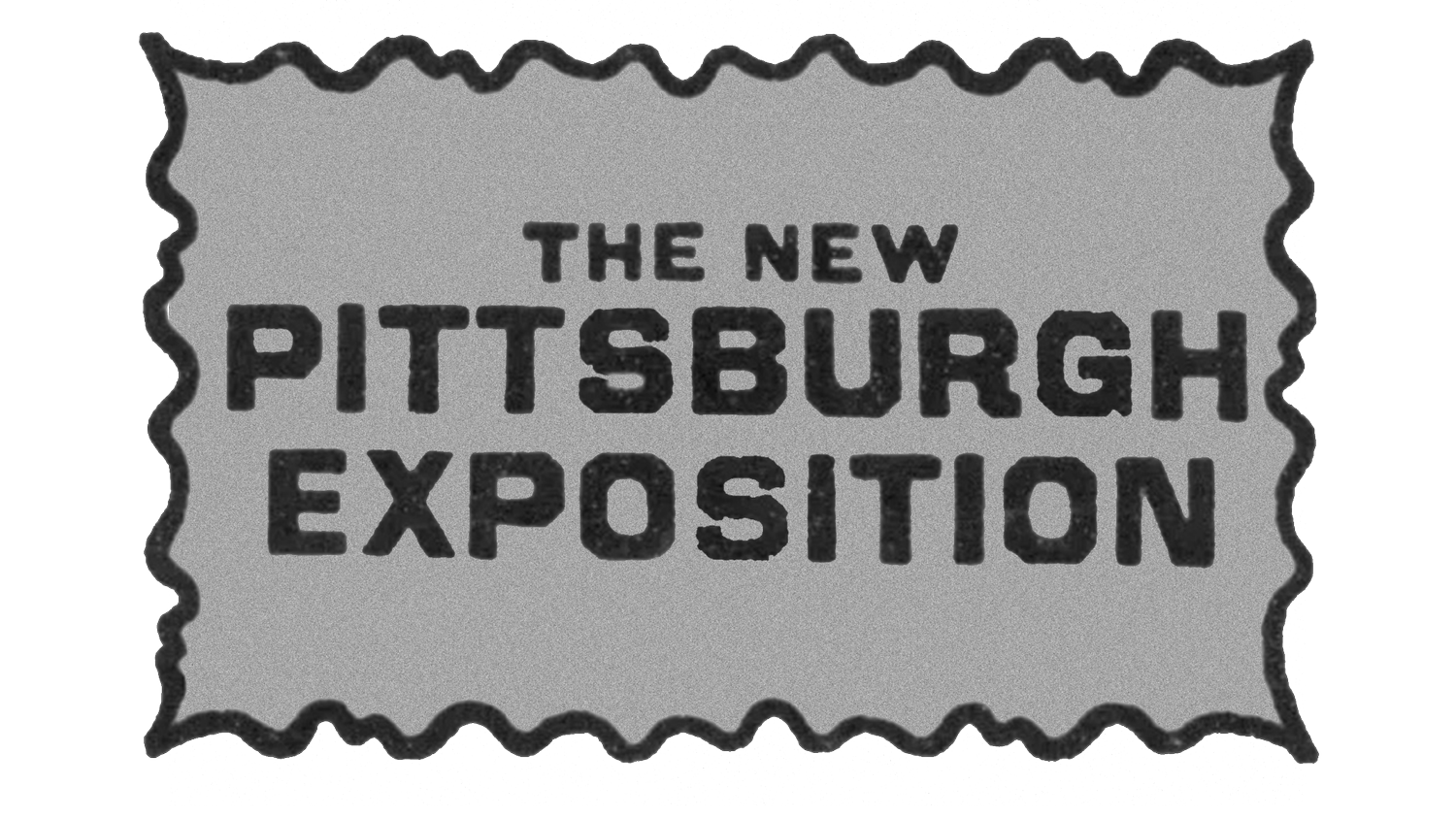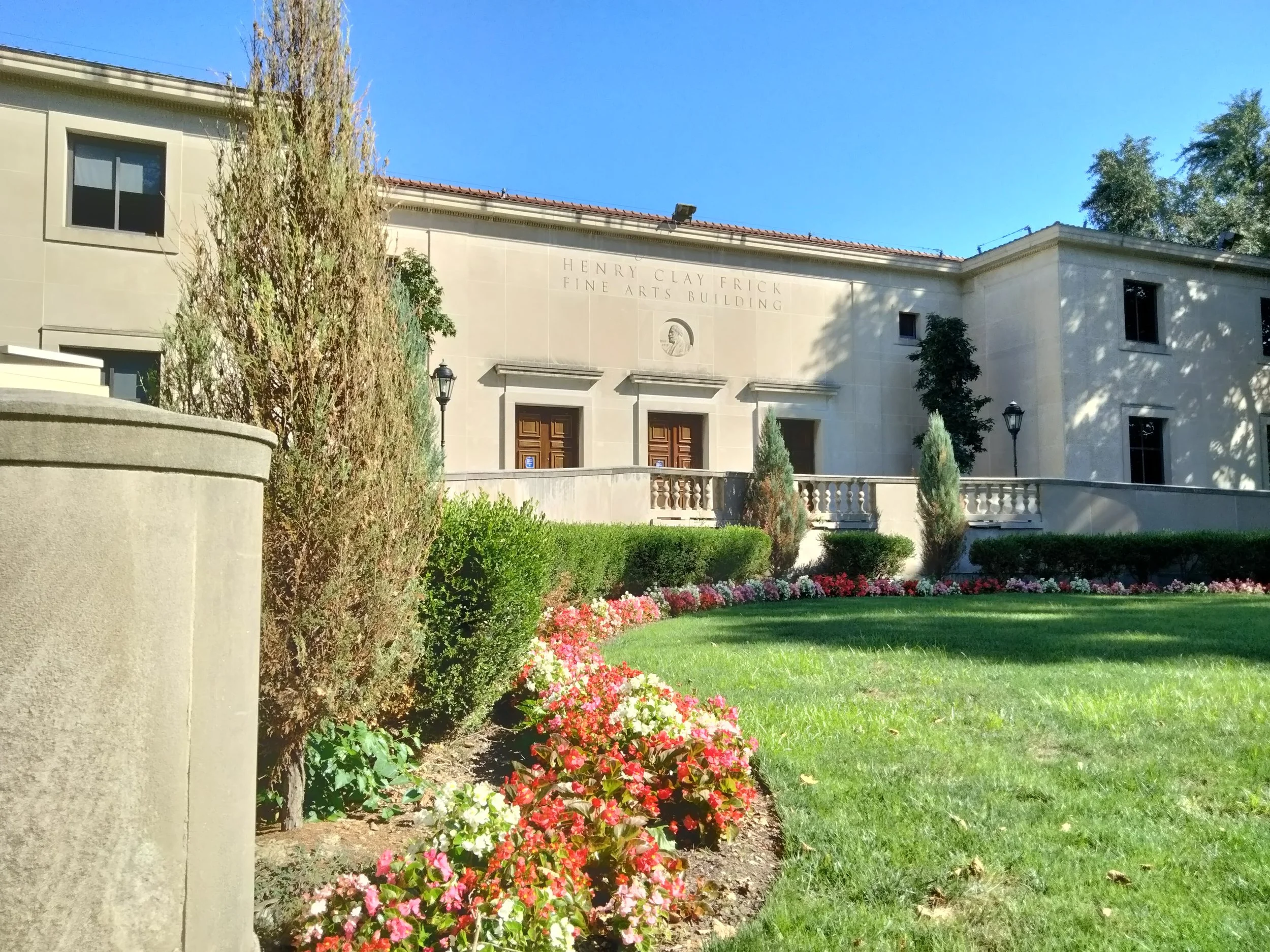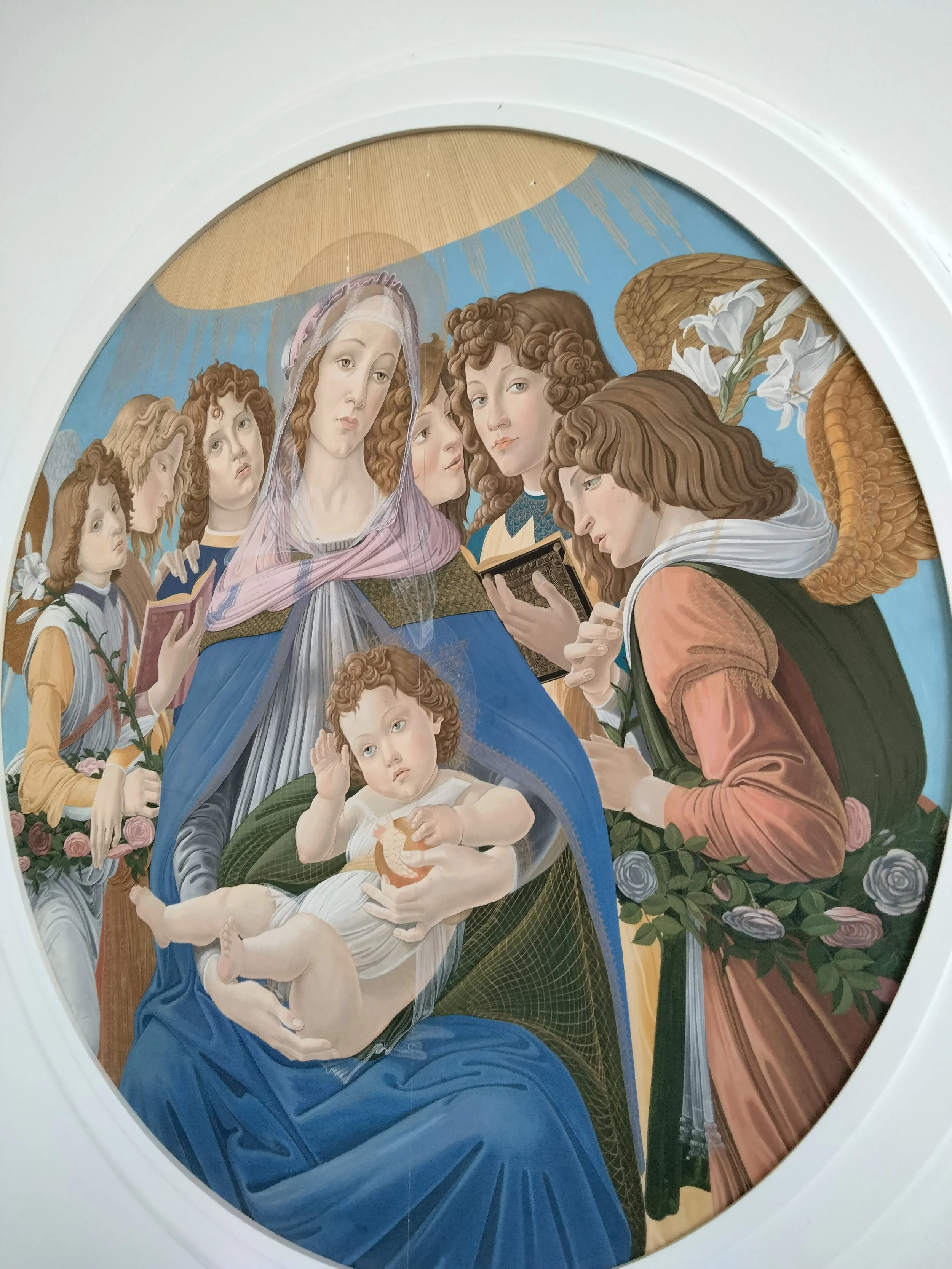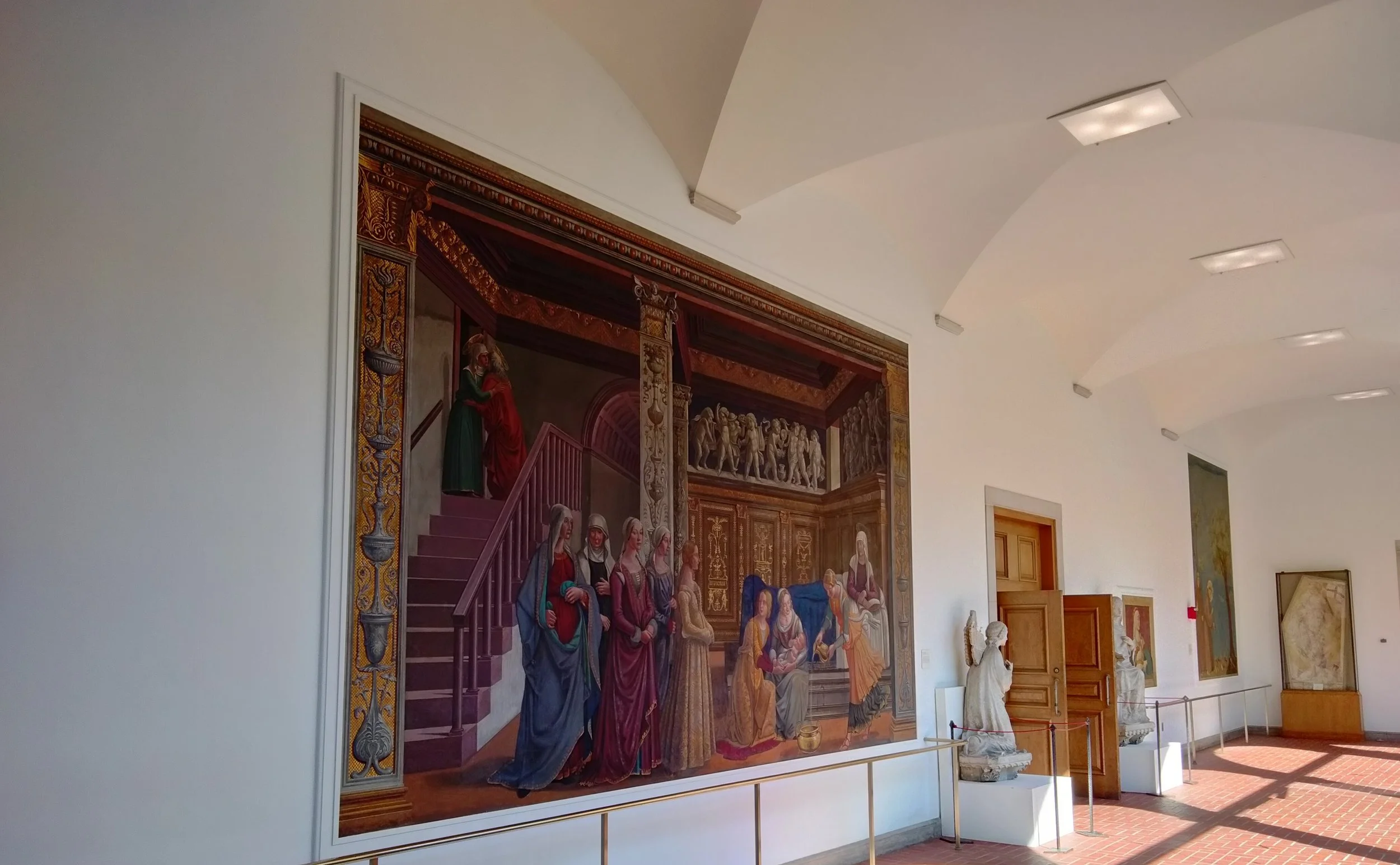The Renaissance Fakes of Pittsburgh
by Nuhu Osman Attah
Across Schenley Plaza, set in a small green field fronted by the prominent Mary Schenley Memorial fountain over which Pan and a nymph play, is the Renaissance-style villa which is the Frick Fine Arts Building. Abstracted from its surroundings, the building (I am compelled by the demands of cliched allusion to say, even though I have never been to Italy) might be at home (and a home) in an Italian countryside. The style of the building, though unusual in its local context, is unsurprising in historical context: Helen Clay Frick, who provided the funds for it, loved Italy and the cultural inventions of the Rinascimento. The building has been the home of the University of Pittsburgh’s art school since it was built for that purpose in the 1960s; it houses some of the university’s art holdings and frequently showcases student art worth seeing in their own right. At the heart of the building is a very beautiful courtyard which is also worth seeing in its own right, whose surrounding cloister, the Nicholas Lochoff cloister, is decorated with works of art which at first glance look every bit like original works by the Renaissance masters of Italian painting and sculpture. Until you run into the more famous pieces, Boticelli’s “The Birth of Venus”, for instance, and you realize that since “The Birth of Venus” is in the Uffizi, nothing in the cloister must be as it seems. Not a single one of the works which line the cloister is original. Indeed, two of them, both statues, one of the archangel Gabriel and the other of the Virgin Mary, which stand at the northeastern side of the cloister, are very well-known fakes by the notorious Alceo Dossena. The paintings and frescoes are not really “fakes” in the full sense of the word: they are famous reproductions by the copyist and restorationist for whom the cloister is named. The history of both the Lochoff reproductions and the Dossena forgeries’ presence in Pittsburgh is intimately tied with the history of the Frick Fine Arts Building and the art school it houses, and even more intimately with the life of Helen Clay Frick, famous philanthropic doyenne of Pittsburgh, whose vision gave both the building and school life.
Facade of the Henry Clay Frick Fine Arts Building.
In the early and mid 20th century, the University of Pittsburgh found itself in extremely dire straits and to stay afloat financially had had to dissolve its fine arts classes. In the 1940s the Chancellor, John Bowman, reached out to Helen Clay Frick for help. This was a very ready alliance – Helen Clay Frick was a devotee of the arts and an art scholar in her own rights. At the death of her father, Henry Clay Frick, she had inherited the largest portion of the Frick family estate (this led to some contention and subsequent distance between her and her brother, Childs Frick who inherited less), $15 million (about $250 million in today’s money) of which was set aside for turning Henry Clay Frick’s sizable art collection, housed in the family mansion in New York, into a museum (today known as The Frick Madison). She did this with aplomb if with an iron fist and frequent squabbling with others involved in the project (she once tried to prevent John D. Rockefeller Jr. from expanding the museum’s holdings with his own art because she deemed them inferior and in damaged condition; she pressed the issue all the way to court and lost). And this was not even her greatest accomplishment in the service of the arts – a discussion of that would involve a long detour – but it must have been clear to Bowman that she would make a very willing patron. And she was. She funded resumption of fine arts courses and began construction of a building to house the art school. The building was to be named after her father whose then notorious image (Henry had the image of a heavy-handed industrialist with no compassion for his workers) much of her philanthropic work was intended to rehabilitate.
Nicholas Lochoff’s reproduction of Botticelli’s “Madonna of the Pomegranate”.
Once the building was complete, Helen Frick also intended to fill it with art from her own collections and make it a museum in its own rights. Among these were the Lochoffs which she donated to the university in 1959. The paintings and frescoes were initially housed in the Cathedral of Learning (which she also helped fund) and were moved into their current place in the Frick Fine Arts building when it was completed in 1962. The reproductions were regarded by a friend with whom I first saw them to be lacking “something”. I thought I agreed. When I went back to look recently I thought (undoubtedly with the benefit of confirmation bias born of my newfound knowledge of the esteem with which the works are held by art critics) that they are brilliant and I could not put a finger on that “something” which is ostensibly missing from them. That something is the ambiguous something we all borrow from ivory tower artspeak. It is always hard to say if there is something to that something. But in an absence of clarity about what that something is, we might instead defer to the judgment of those who are in a position to better judge the works of Lochoff. For instance, the art critic Bernard Berenson, who is a literal example of perceptual consummation (he appears as an example in a once famous scientific debate about the objects of perception), writes of Lochoff’s reproductions, some of which he played a role in acquiring for Helen Frick, that “Such faithful, such scrupulous recreation by one man of the genius-born achievements of other artists had, to our knowledge, which is not slight, never before happened in Europe at least. Down to the minutest speck of dirt which in the course of centuries had adhered to the picture, everything was there!”
Such praise by such a discerning critic is quite remarkable given that Lochoff was a self-taught painter. His first big commission was the one that resulted in the artworks that now line the Frick Fine Arts building’s cloister. At many times a political exile from his native Russia, Lochoff settled in Florence in 1907 to begin work on a series of reproductions of Italian classics meant for what is now the Pushkin Museum in Moscow, whose administration funded the project. But by 1914, the funds had dried up and Lochoff was essentially stranded in Italy because of World War I, so he began to sell the products of his labor to those willing to buy it. Among them was Berenson on behalf of patrons like Helen Frick.
The Dossena sculptures are a different story altogether. Alceo Dossena, a Cremonese sculptor, led one of the most notorious lives in the world of art. He was responsible for a series of sculptures which appeared in the art market sometime at the beginning of the 20th century which are now known to be forgeries. But he insists he was not a forger. The works he produced were intended, he argued, only as “reconstructions” and not “copies” of old masters like Donatello, Verrochio, and da Fiesole. And he was not, he insisted, trying to swindle anyone into believing these works were by these masters. And yet his sculptures appeared on the market attributed to some of these old masters. This includes the statues of the Archangel and the Virgin in the Frick building which Helen Frick bought believing they were newly discovered 14th century work. The blame, Dossena insisted, rested on his agents Alfredo Fasoli and Romano Palesi. He, in fact, later sued both Fasoli and Palesi because he insisted they paid him crumbs relative to what they were selling the works for.
The Archangel and Virgin statues hung around the Frick mansion in New York for a while before it was realized that they were fakes. Indeed, Helen Frick almost bought another Dossena forgery: a tomb apparently hewn by the Renaissance sculptor Mino da Fiesole. In the course of investigating the provenance of the tomb, Dossena was found in Rome and admitted to producing it. In other cases, Dossena was able to produce lost appendages from statues which had been damaged to make them seem authentic to demonstrate that he had sculpted them. Initially, credit for the discovery of the fraud was given to Helen Clay Frick, but she later singled out Harold Woodbury Parsons as the principal protagonist in uncovering the Dossena conspiracy. There has subsequently been much disagreement about who was the first to expose the sculptures as forgeries. In any case the discovery rocked the art world (it did not help that some critics even staked their reputation on the authenticity of some Dossena works). Immediately after the revelations, the value of the Dossena copies predictably dipped, but they went on to assume a different sort of value for their place in this infamous segment of art history, ostensibly one of the reasons they remain on display in the Frick building. (A description of the whole incident is now on the caption in the Lochoff cloister to let viewers know they are looking at a forgery.)
Northeastern side of the cloister with the Dossena statues by the door.
But the drama surrounding these works of art does not end here. Sometime after both the Dossenas and Lochoffs found their place in the Fine Arts building, in February of 1967, Helen Frick got into a quarrel with the University of Pittsburgh and intended to withdraw them along with her annual funding for the art school (amounting to $135,000 or almost $1.2 million in today’s money). The quarrel is sometimes cast as a disagreement over how much control Helen Frick could have on the institution. She insisted on having some control on the running of the Frick Fine Arts building’s museum through a board of directors she would elect. This (as in the Rockefeller incident) was important to Helen because she had very strong opinions on art. She absolutely detested modern art and did not want the university to display any. Indeed, she once wrote a letter to the Pittsburgh Gazette denouncing the Carnegie Museum of Art’s Carnegie International, a long running exhibition of contemporary art instituted in 1896 (the 58th version of which, by the way, takes place from 24th September to April 2 of next year). She also had strong political opinions which were implicated in the disagreement with the university: she insisted that the University should not hire anyone with a “Teutonic” name (she served in a nursing/philanthropic capacity in World War I and saw firsthand German destruction of cultural objects in the war; World War II sharpened her opinions about Germans even more). The university insisted on its absolute autonomy to run the art school and its facilities, a position which Helen Frick believed reneged on initial agreements. She again took the matters to court, where she lost again: the university could keep the Lochoffs and Dossenas because it was ruled that she had given ownership to the university in donating it. She, however, cut off her annual funding and built her own museum (the Frick Pittsburgh) where she could freely and fully realize her own vision.
For all her willfulness, Helen Clay Frick gave a lot to the city. And the Frick Fine Arts building, where you can spend a good afternoon wandering the cloister enjoying Pittsburgh’s Renaissance “fakes”, seeing contemporary student art which she might have hated but made possible, and lounging in the grass before the Italianate villa, is one fine example of her vision to “contribute pleasure to the inhabitants of my hometown.”



